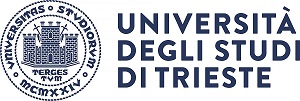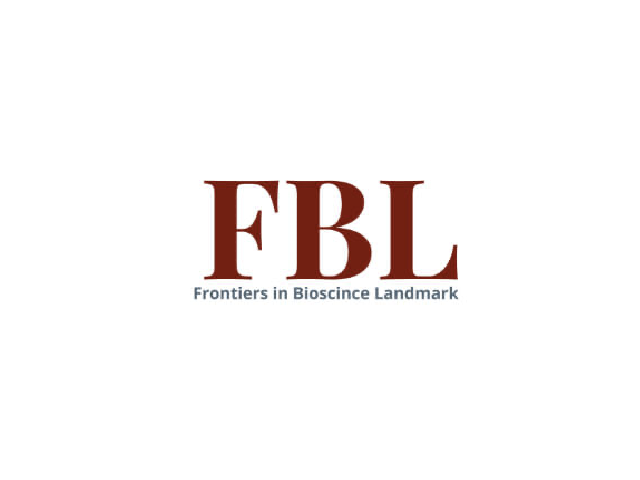Abstract
Background: The T-cell engager antibody blinatumomab (BlincytoTM) represents a promising rescue therapy for relapsed/refractory CD19+ acute lymphoblastic leukemia (B-ALL), although ~20-30% of patients still do not respond to treatment. Blinatumomab creates a tight synapsis between CD3+ T-lymphocytes and leukemic CD19+ B-cells, resulting in a granzyme B (GzB)-mediated specific lysis of leukemic cells.
Methods: Aim of the study was to provide evidence that variability in blinatumomab response could have a genetic basis in PAX5, one of the most often mutated genes in B-ALL, affecting the CD19 surface expression on lymphoblasts, and could be explored in vitro by means of a cytofluorimetric assay, staining both surface antigens (CD45, CD19 and CD3) and intracytoplasmic markers (7AAD, Syto16). Two human immortalized B-ALL cell lines (NALM6 and REH) were chosen for their different PAX5 and CD19 protein levels, as verified by western blot and flow cytometry, respectively.
Results: In contrast to NALM6, REH cells do not express the full-length PAX5 protein and show less CD19 on the cell surface (fluorescence peak median intensity: 9155 versus 28895). Co-cultures of CD3+ T-lymphocytes from healthy donors and B-ALL cell lines were seeded at an effector-to-target cell ratio of 1:10 for simulating the condition existing in the bone marrow due to the malignant invasion of blast cells. Co-cultures were exposed in vitro to blinatumomab and the simultaneous increase in blast mortality and T-lymphocytes activation induced by the drug was observed at day +7 (both effects: p < 0.0001 versus untreated, two-way ANOVA, Bonferroni post-test), and was particularly pronounced in REH compared to NALM6 co-cultures (p < 0.05). Surprisingly, daily release of GzB in supernatants, measured by an ELISA assay, was significantly lower in drug-exposed REH co-cultures compared to NALM6 at early time-points (days +3 and +4, p-value < 0.0001, three-way ANOVA), reaching a comparable plateau only towards the end of the incubation period (at day +5). Only 2 out of 5 primary co-cultures of leukemic and mononuclear cells isolated from bone marrow aspirates of B-ALL patients (age: median 10.7 years, interquartile range (IQR) 3.4; males: 60%) responded to the drug in vitro (simultaneous blast mortality and T-lymphocyte activation: both effects: p < 0.0001 versus untreated) and at different drug concentrations. Results were unrelated to the percentages of immature CD19+ B-cells in the diagnostic samples.
Conclusions: In conclusion, cytofluorimetric analysis can highlight the different response induced by blinatumomab among co-cultures. Whether and how this difference is affected by PAX5-regulated CD19 expression is unclear and whether it is predictive of in vivo response to therapy remains to be established. Further dedicated studies are required to investigate these issues in detail.
Keywords: Blinatumomab; In vitro cytofluorimetric assay; PAX5; Pediatric acute lymphoblastic leukemia.
Last updated on: 03/31/2022 - 11:55



